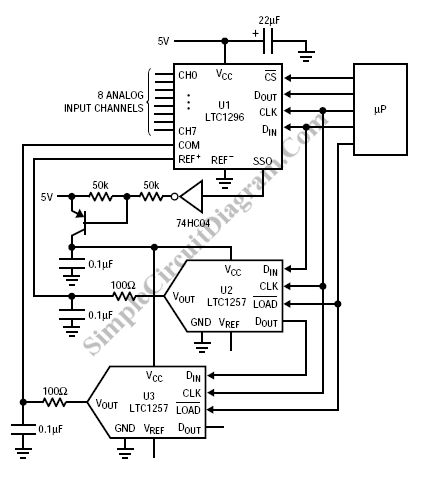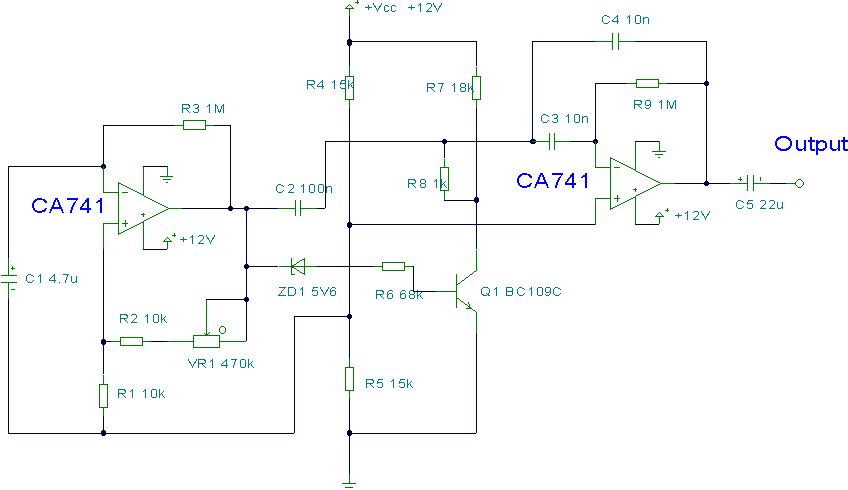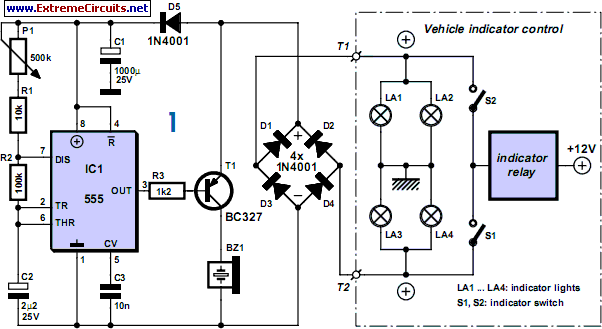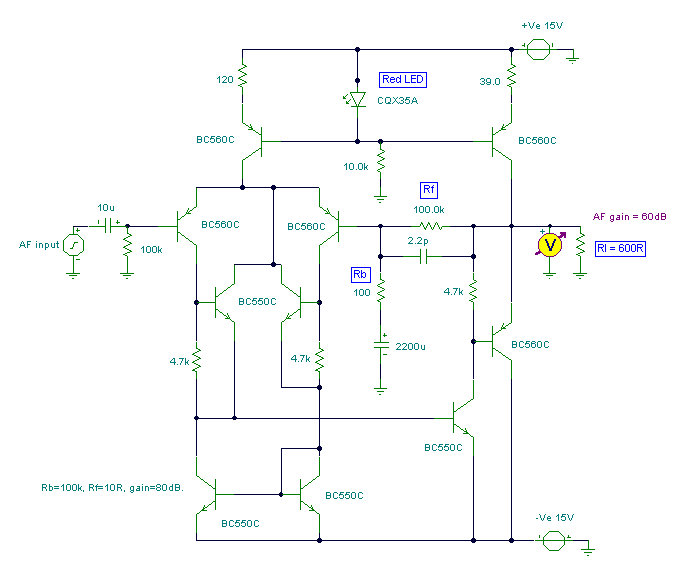
The bilateral band modem circuit composed of NE561B
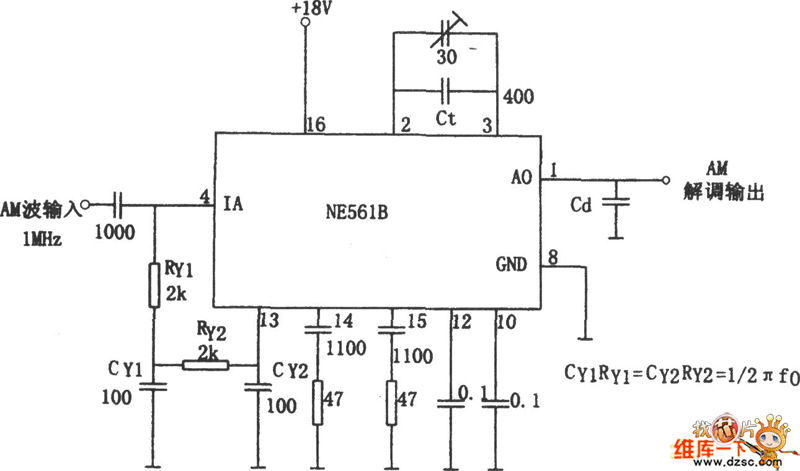
The figure illustrates a bilateral band modem circuit utilizing the NE561B component. The input modulating signal operates at a loading frequency of f0 = 1 MHz. When the AM modulation signal is applied to the input terminal of the multiplier, it is simultaneously routed to the phase detection circuit through components Rv1, CY1, Y2, and CY2, which establishes the VCO frequency of the PLL at f0.
The bilateral band modem circuit featuring the NE561B is designed to facilitate efficient modulation and demodulation of signals. The NE561B is a versatile integrated circuit widely used in communication systems for its ability to perform analog multiplication and phase detection.
In this specific configuration, the input modulating signal at a frequency of 1 MHz is critical for the operation of the circuit. The amplitude modulation (AM) signal, when fed into the multiplier, is essential for generating the desired output modulation. The phase detection circuit, which includes resistive and capacitive elements (Rv1, CY1, Y2, and CY2), plays a crucial role in maintaining synchronization between the modulated signal and the voltage-controlled oscillator (VCO) frequency of the phase-locked loop (PLL).
The phase detection circuit ensures that any phase discrepancies between the input signal and the VCO output are corrected, thereby stabilizing the frequency output at f0. The use of capacitors and resistors in this configuration helps filter and shape the signals, ensuring that only the desired frequency components are processed.
Overall, this circuit design exemplifies a robust approach to signal modulation, leveraging the NE561B's capabilities to achieve effective communication in various electronic applications. The careful selection of components and their arrangement within the circuit is vital for optimal performance and reliability in real-world scenarios.In the figure is the bilateral band modem circuit composed of NE561B. The loading frequency of the input modulating signal is f0=1MHz. When the AM modulation signal is added on the input terminal of the multiplier, it is also added on the phase detection circuit by Rv1, CY1, Y2 and CY2, and it sets the VCO frequency of PLL at f0.. 🔗 External reference
The bilateral band modem circuit featuring the NE561B is designed to facilitate efficient modulation and demodulation of signals. The NE561B is a versatile integrated circuit widely used in communication systems for its ability to perform analog multiplication and phase detection.
In this specific configuration, the input modulating signal at a frequency of 1 MHz is critical for the operation of the circuit. The amplitude modulation (AM) signal, when fed into the multiplier, is essential for generating the desired output modulation. The phase detection circuit, which includes resistive and capacitive elements (Rv1, CY1, Y2, and CY2), plays a crucial role in maintaining synchronization between the modulated signal and the voltage-controlled oscillator (VCO) frequency of the phase-locked loop (PLL).
The phase detection circuit ensures that any phase discrepancies between the input signal and the VCO output are corrected, thereby stabilizing the frequency output at f0. The use of capacitors and resistors in this configuration helps filter and shape the signals, ensuring that only the desired frequency components are processed.
Overall, this circuit design exemplifies a robust approach to signal modulation, leveraging the NE561B's capabilities to achieve effective communication in various electronic applications. The careful selection of components and their arrangement within the circuit is vital for optimal performance and reliability in real-world scenarios.In the figure is the bilateral band modem circuit composed of NE561B. The loading frequency of the input modulating signal is f0=1MHz. When the AM modulation signal is added on the input terminal of the multiplier, it is also added on the phase detection circuit by Rv1, CY1, Y2 and CY2, and it sets the VCO frequency of PLL at f0.. 🔗 External reference
Warning: include(partials/cookie-banner.php): Failed to open stream: Permission denied in /var/www/html/nextgr/view-circuit.php on line 713
Warning: include(): Failed opening 'partials/cookie-banner.php' for inclusion (include_path='.:/usr/share/php') in /var/www/html/nextgr/view-circuit.php on line 713
